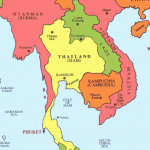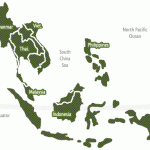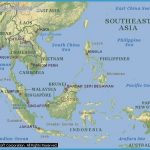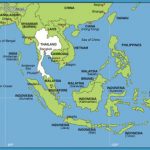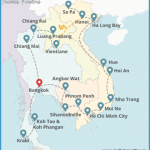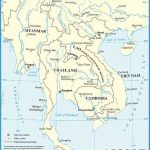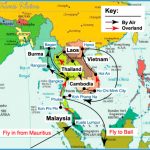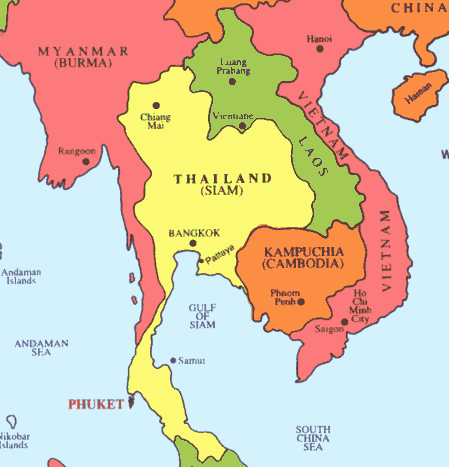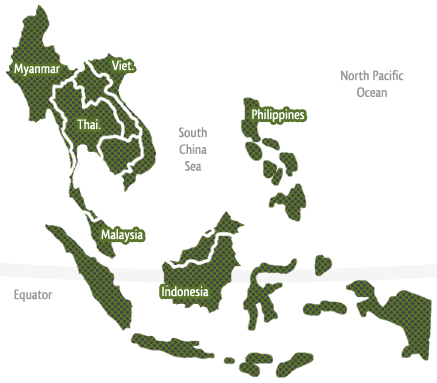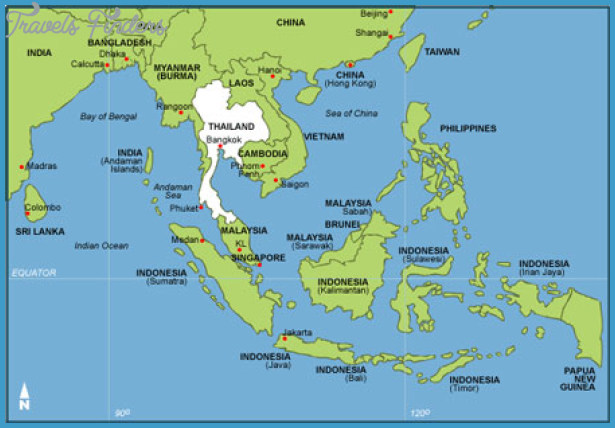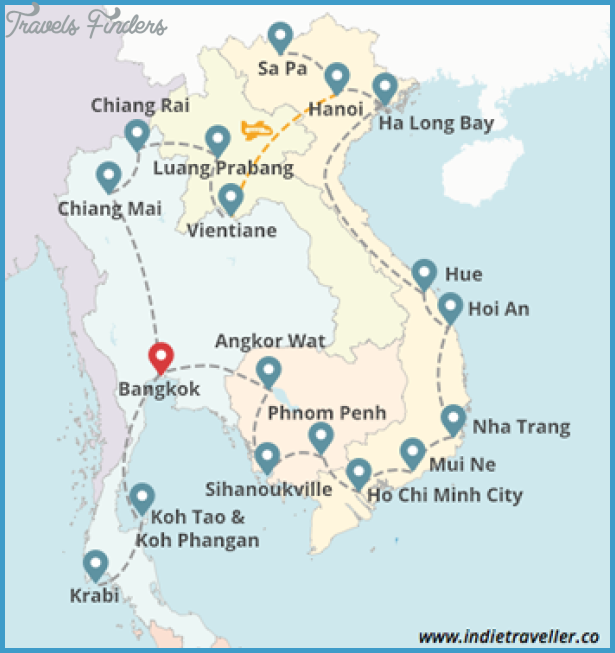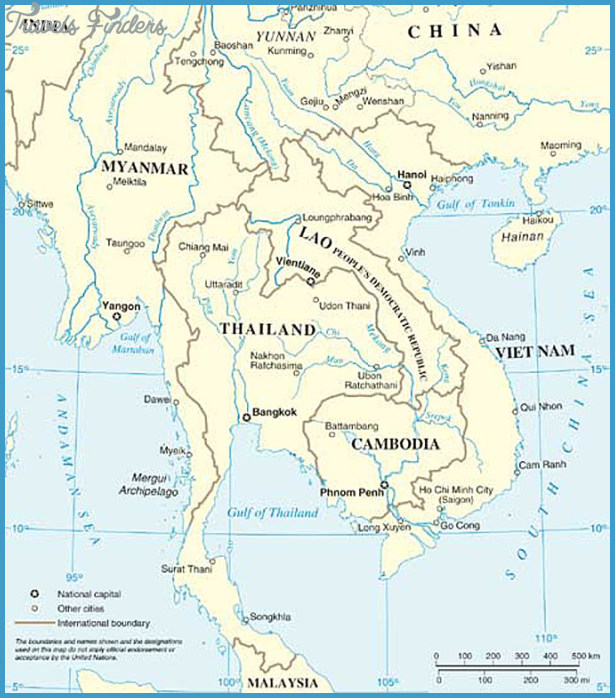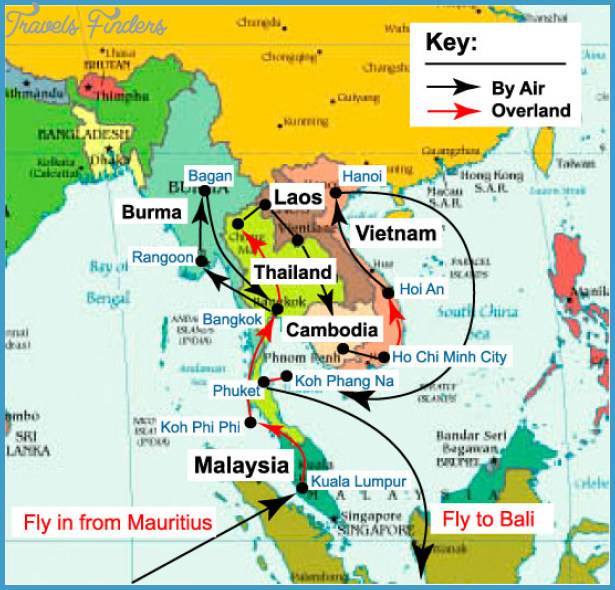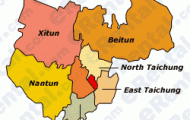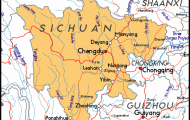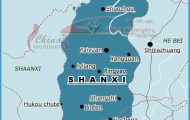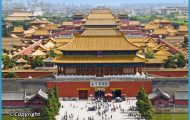A White Paper published by the ruling council defended China’s policy towards Tibet and reaffirmed Tibet’s status as an integral part of China.
The Communist Party’s Congress voted to dismantle the planned economy and to create a socialist market economy, but it opposed democratic reforms.
For the first time since the Second World War, a Japanese Emperor visited China.
In December China concluded agreements with Russia on political, economic, cultural and military co-operation; a joint declaration referred to the ties of friendship between the two countries.
Separatist campaigns in Xinjiang intensified after the collapse of the Soviet Union at the beginning of the 1990s. The Tibetan campaign for independence from Chinese rule also gained momentum.
Many politically-motivated arrests and trials took place. Hundreds of people were detained for taking part in peaceful political and religious activities, among them many belonging to ethnic minorities. Torture was widespread, especially in Tibet. At the same time, other well-known dissidents were freed.

